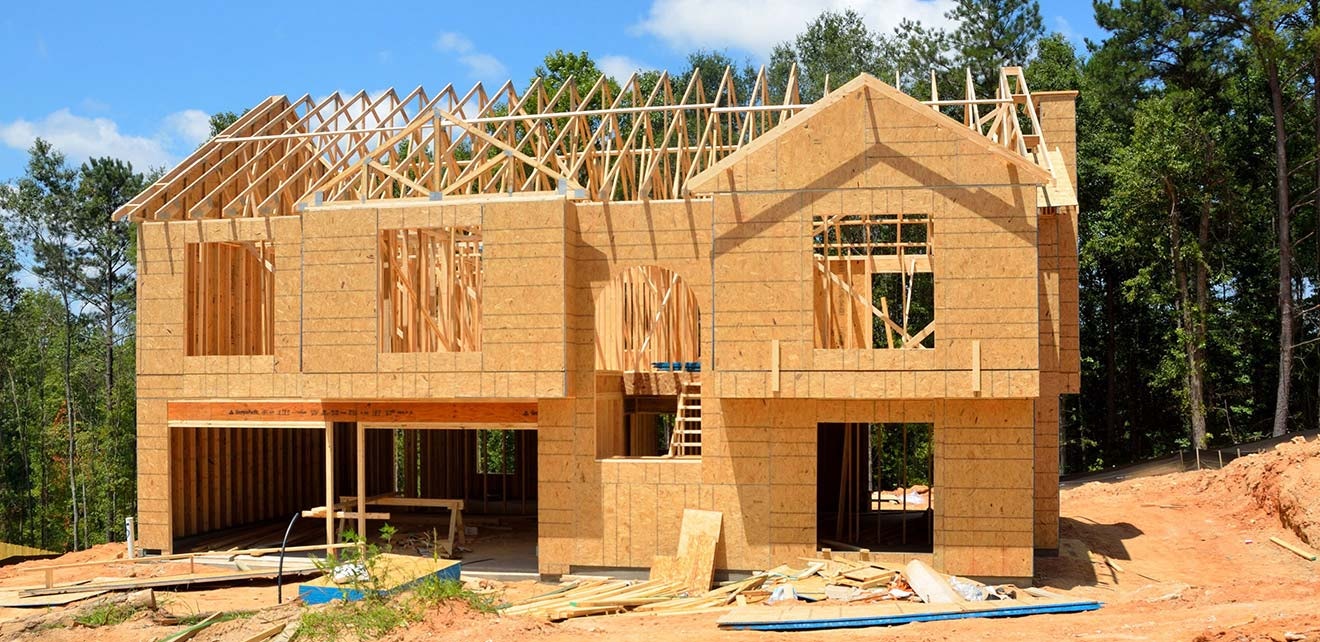Home > Blog
Read Time — 5 minutes
Three Tech Innovations That Help Save Time on Residential Construction Sites

Project delays are an unavoidable reality in the residential construction industry. The industry has a very poor record of completing projects on schedule and within the allotted budget.
Whatever your venture may be, time is money. The longer a project extends beyond the allotted time, the more the cost of materials and labor will pile up. Project delays also prevent a contractor from attending to other projects, significantly cutting their bottom line. Knowing the negative impacts of project delays, we can safely say that the success of a project then depends on the optimal allocation of limited resources, especially time.
But why are most construction projects not completed on time?
Reasons Behind Residential Construction Project Delays
There are several reasons why a majority of residential construction projects face frequent delays. For one, the sheer scope of a single construction project can affect its schedule. There are multiple stakeholders and participants in a single construction project, starting with the project owner and their investors down to the general contractor, subcontractors, and material suppliers.
Collaboration and coordination are extremely challenging without the proper tools and effective project management. It is common to see project participants face issues arising from the lack of effective communication, poor information organization, and insufficient risk assessment, all of which lead to numerous problems, including client payment issues and project delays.
In addition to this, the nature of the industry is such that construction processes take more time compared to those in other industries. From the inspection of a construction site to the drafting of project plans and finally the actual construction itself, the construction process can take months before it is completed. Because of its length, plenty of internal and external factors can affect each phase of the project, causing a domino effect.
Saving Time on Residential Construction Sites with New Technology
1. Takeoff software for estimating resource costs
The preplanning phase of a residential construction project includes estimating how much time, money, and resources are needed to finish it. This involves an in-depth analysis of the project plan. By identifying the right measurements from the blueprints, project managers can calculate the total cost of materials and labor and draft the schedule for the project. The estimation process is actually easy to do but the bulk of the work takes a lot of time. The measurements are usually done manually so any errors in data entry will not only delay the project further but also potentially cost a lot of money if left unnoticed.
A lot of construction businesses are now using construction takeoff software which uses digital blueprints and a database of previous projects to help in the estimation process. The process is done automatically so the risk of errors from manual entry is drastically minimized, resulting in faster estimation and a more reliable cost estimate.
2. Digital time tracking for accurate time records
The traditional method of tracking employee hours makes use of punch cards and paper timesheets. Frankly, this method should not have a place on the residential construction site, especially when all other industries are already using digital time-tracking technology.
Manual time tracking is prone to human errors, deliberate or otherwise. Human resources personnel have to devote a lot of time to collating information and transferring it to a spreadsheet, which can then be used by the payroll department. This is even more challenging if your residential construction company is handling multiple projects. You cannot ensure the accuracy of the hours logged by your site workers if they are scattered across multiple construction sites.
Digital time tracking combined with cloud technology has several advantages over the traditional paper method. For one, it allows HR personnel to access the hours logged by employees accurately and in real-time. Through GPS technology and geofencing, you can track employee hours, whether they are working on the construction site, meeting with clients off-site, or working remotely in their homes.
3. Receivable and lien management software for timely payments
The construction industry is notorious for payment issues. The nature of the industry, with its long project durations, affects the billing cycle and makes it susceptible to payment delays. The best way to manage these payment issues is through effective accounts receivable management. However, doing this can be a tedious process and can take a lot of time, from meeting invoicing requirements to identifying delinquent accounts.
The best way to optimize your receivables is through the use of dedicated receivable and lien management software. This software uses your accounting data to identify possible delinquencies and even automate the sending of invoices and pre-lien notices in compliance with state laws.
The residential construction industry does not have the best track record when it comes to adopting new technology. But with the industry turning into a more competitive business environment, these new innovations will definitely come to the forefront as indispensable means to stay ahead of the competition.



